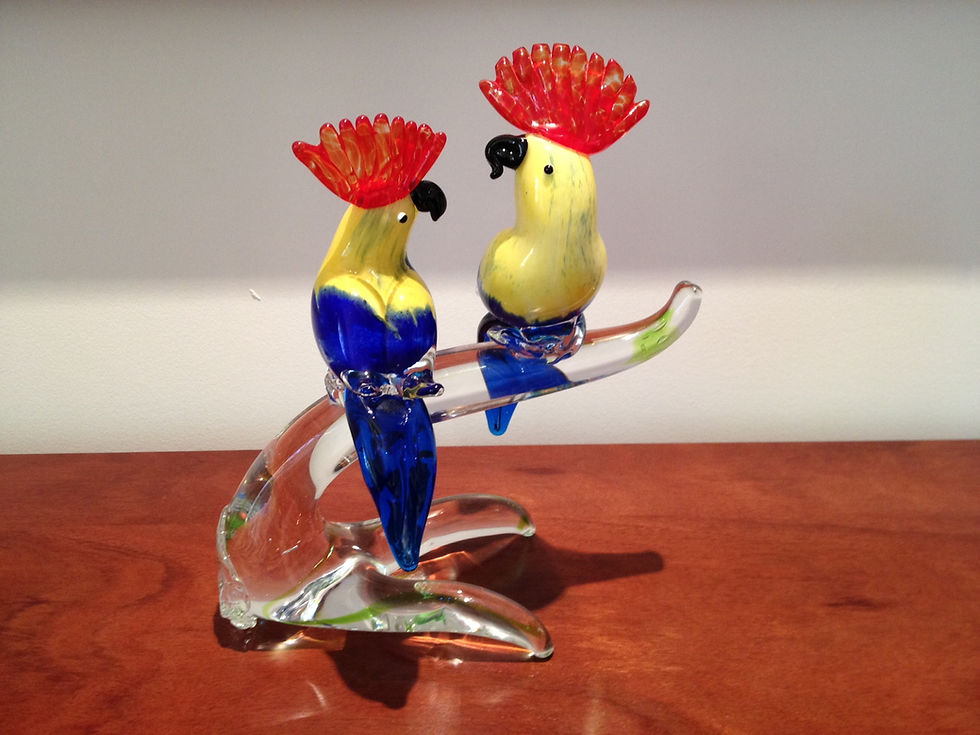Striking a Pose: Or What to Consider When Presenting your Public Face
- albooth11
- Jun 21, 2015
- 3 min read

Have you ever had to find a photo of yourself, maybe to put on your work webpage or to go on the cover of a newsletter or a book? Here’s a conjecture: that men choose a masculine pose and women choose a feminine pose. Check out a few organisations’ websites. You’ll find it’s true. Now that’s not so surprising, is it? Everyone wants to look as good as possible when they present a public face to the world. But do they also want to present a picture of themselves that follows the prevailing gender identity? It would seem they do. It could be because of their own implicit values and identity, or because they’re encouraged to do so by their publisher or organisation.
Individuals are strongly affected by social custom and conditioning. A society's expectations about how each gender should behave can result in a loss of identity if we see others deviate from that code. Analogously we experience a loss of identity if we ourselves deviate. This acts as a kind of sanction ensuring the code is perpetuated. Women are expected to show their feminine side – even in high-ranking positions (think of Margaret Thatcher, Julia Gillard, Hilary Clinton). And even on the dust jackets of their books.
Here’s an interesting viewpoint from Amanda Filipacchi, writing in the New York Times. Distressed by what she viewed as an overly feminine cover to her new novel, The Unfortunate Importance of Beauty, she decided to counteract this by providing a severe author picture. She writes:
“I made an appointment with the great author photographer Marion Ettlinger. On the phone, I told her I wanted to look stern, severe, strict — possibly standing against a white wall, maybe wearing a black cloak or something. “Like a headmistress?” she asked. “Yes, exactly!” I said, thrilled that she understood.
‘Two days before the shoot, I flipped through a book of Ms. Ettlinger’s photos to get a sense of how authors typically dressed for their portraits. I made a startling discovery: The male and female authors posed differently. The men looked simpler, more straightforward. The women looked dreamy, often gazing off into the distance. Their limbs were sometimes entwined, like vines.
“I decided that I wanted to pose like a man. I also thought: No wonder books by women don’t get reviewed as often as those by men. Maybe it was the poses. I made a mental note to alert VIDA, the wonderful organization that tracks gender imbalance in the literary world with tallies that fill me with despair. Of course, I’m mostly kidding. I doubt that female author poses are to blame for the inequalities in how many books by men get reviewed in respectable publications versus books by women. But it couldn’t hurt to cover my bases and pose like a man anyway.”
There are tradeoffs, of course. So used are we to the general niceness of women that we sometimes interpret severity in women as anger or aggression. Further in her very funny article, Amanda Filipacchi writes:
“Midway through the session Ms. Ettlinger said, “You look like a member of a gang of female mountain warriors.” I took this as a compliment…”
“I believe that this unconscious prejudice against women, which is extremely strong in the literary world, is present in almost everyone, including in those of us who object to it the most vehemently. I know that I even detect it in myself, sometimes. That’s why I didn’t want to make things even more difficult for my novel by saddling it with a feminine cover or girlie author photo.”
The full text of Amanda Filipacchi’s article can be found at: http://www.nytimes.com/2015/06/07/opinion/sunday/how-to-pose-like-a-man.html?smid=pl-share&_r=3
Here is a link to an opinion piece on gender identity I wrote in 2013 for Al Jazeera: http://www.aljazeera.com/indepth/opinion/2013/03/20133261078247599.html






















Comments